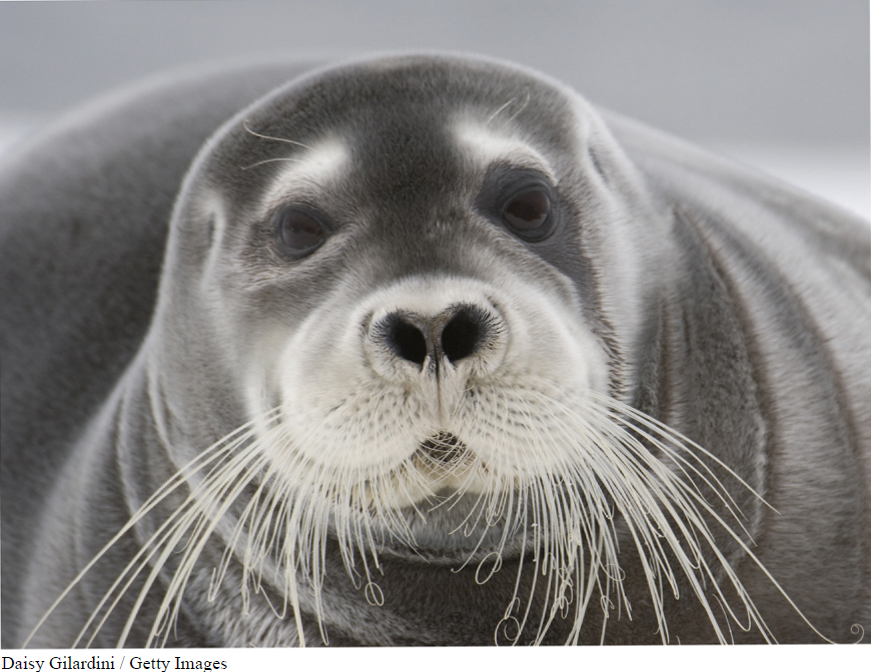
Lipids are a second group of macromolecules important to all living organisms. Lipids, just like carbohydrates, are made primarily from atoms of carbon, hydrogen, and oxygen, but the atoms are in different proportions. The lipids in your diet, for example, tend to have significantly more energy-

What exactly is a lipid? That’s not as easy to answer as you might expect. Lipids come in a wide variety of structures. They don’t have any unique subunits (such as the simple sugars that make up disaccharides and polysaccharides) or particular ratios of atoms that serve as defining features. Consequently, lipids are defined based on their physical characteristics. Most notably, lipids do not dissolve in water and are greasy to the touch—
Why does a salad dressing made with vinegar and oil separate into two layers shortly after you shake it?
Lipids are insoluble in water because they tend to have long chains consisting only of carbon and hydrogen atoms. In contrast to water, these chains of carbon and hydrogen atoms are nonpolar—
62
One familiar type of lipid is fat, the type most important in long-
TAKE-HOME MESSAGE 2.12
Lipids are insoluble in water and greasy to the touch. They are valuable to organisms for long-
What are the three main types of lipids? What function do they serve in the body?
The three main types of lipids are fats, sterols, and phospholipids. Fats store energy for long periods of time and insulate the body. Sterols, such as cholesterol, regulate growth and development. Phospholipids form the membranes that enclose cells.